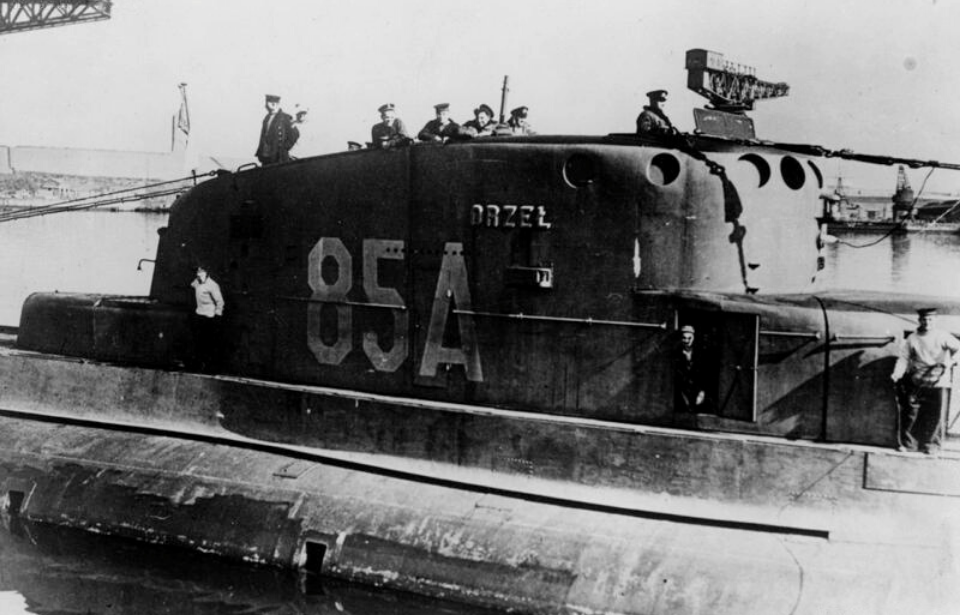When World War II first broke out, a number of countries close to the action wanted no part of it. Estonia was one of them. However, like other nations, it was caught between Russia and Germany. In 1939, the Orzeł Incident forced the Estonian government to pick a side.
The ORP Orzeł at the onset of World War II
Poland’s ORP Orzeł was laid down in the Netherlands in August 1936 and commissioned just under three years later. In 1939, the submarine was docked in Oksywie when the Germans invaded Poland. Her initial orders were to attack the SMS Schleswig-Holstein during Operation Worek, but those plans changed as the situation in Poland rapidly deteriorated.
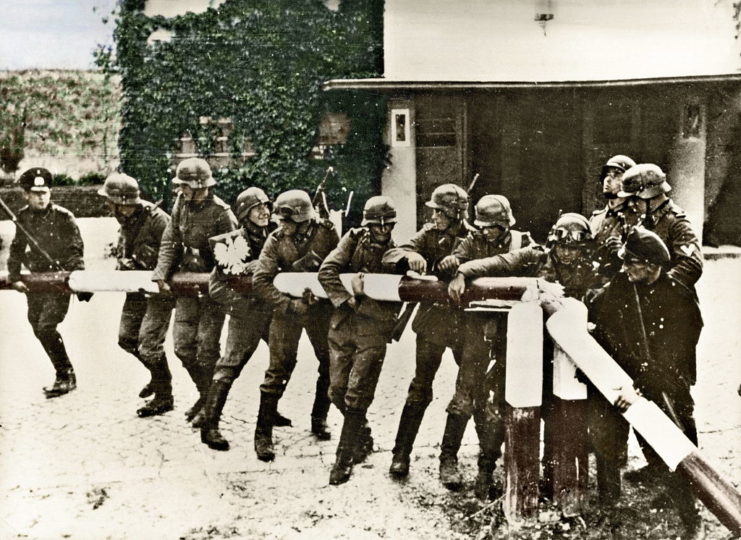
Instead, the decision was made to depart from Poland and travel toward Estonia. At this time, it had been damaged by German minesweepers and was leaking oil. Along the way, the Orzeł‘s commanding officer, Lt. Com. Henryk Kloczkowski, was forced to leave the submarine due to illness. He was replaced by Lt. Jan Grudziński.
Estonia’s position during WWII
The crew of the Orzeł felt Estonia would be a safe place to keep the submarine, as the nation had declared neutrality. At first, the Estonians were accepting of the Polish vessel, even aiding in the repair of a damaged compressor. However, the country was under pressure from Germany, leading officials to board the Orzeł and confiscate navigation aids and maps. Some of the crew’s armaments were also dismantled.
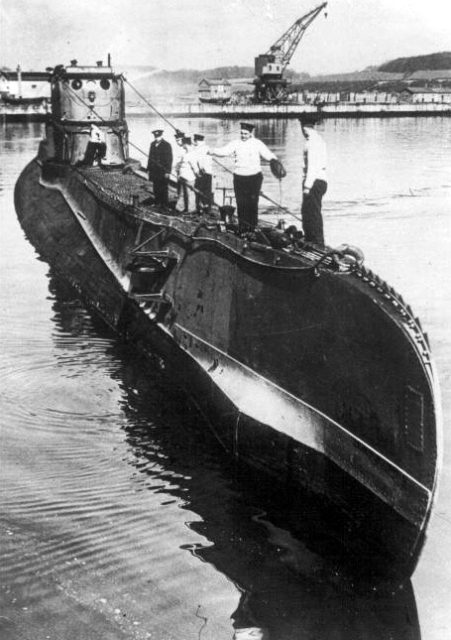
While the Estonians were careful about not entering the war, it didn’t do them much good. In 1940, Russia moved in and occupied the country. A year later, the Germans took control. Between 1941-44, Estonian men were conscripted into the German Army.
The Orzeł escapes captivity
Grudziński and his first officer, Lt. Andzej Piasecki, quickly realized they were no better off in Estonia than they had been in Poland. They hatched a plan to escape.
First, the chief officer sabotaged the torpedo hoist, which prevented the removal of the Orzeł‘s six torpedos. Boatswain Władysław Narkiewicz then took a small boat around the harbor to measure the depth of a potential escape route, while another sailor sabotaged the submarine’s mooring lines.
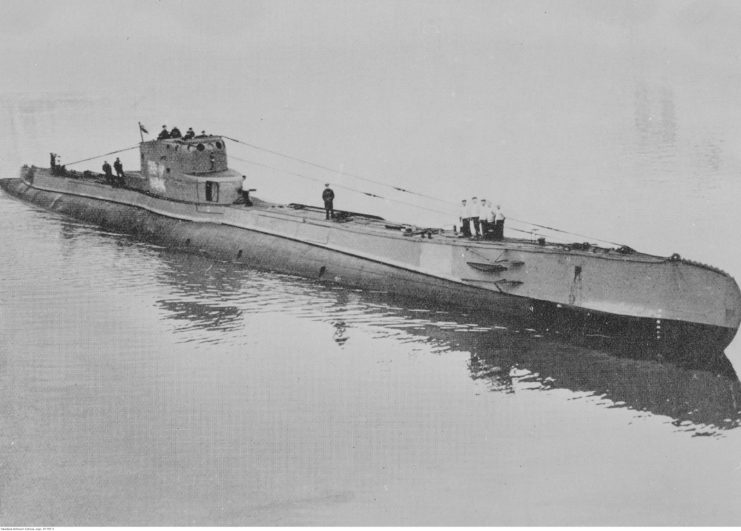
At midnight on September 18, 1939, the port lights where the Orzeł was being held mysteriously went out. After an Estonian soldier inspected the submarine and declared nothing was out of order, Grudziński decided this was the opportunity they’d been waiting for. Two Estonian guards were taken aboard in a non-violent manner, and the submarine escaped into the night.
The Orzeł on the open seas
The Estonian military fired at the submarine with light artillery, but the damage to the conning tower didn’t prevent the Orzeł from reaching open water. Since their maps had been confiscated, the vessel’s crew hoped to seize some from a passing ship, but were unable to do so. As such, the decision was made to take the submarine to Britain with only a guide to the water’s lighthouses and a hand-drawn map by the navigation officer.
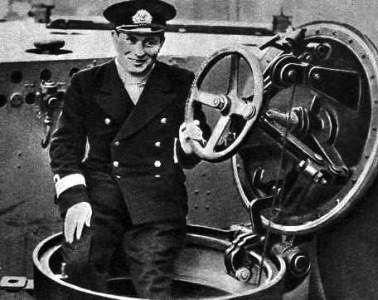
Both the Estonian and Russian press first reported that the Estonian guard’s taken prisoner may have been killed – nothing could be further from the truth. The prisoners were, in actuality, treated quite well. The two men were given a rubber dinghy, clothing and food for safe passage to Sweden. In addition, they were provided with $50.00 US dollars each. The Orzeł‘s crew noted that those “returning from the underworld deserve to travel first class only.”
The aftermath of the Orzeł Incident
While traveling to the United Kingdom, the Orzeł, with no way of identifying itself, was attacked by British ships, before being escorted to a Scottish port by a Royal Navy vessel. The arrival stunned many, as the submarine was assumed to have been long lost to the sea.
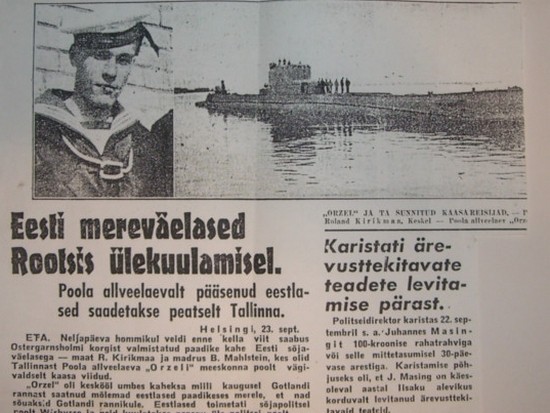
Russia moved quickly to take advantage of the incident. It claimed Estonia had collaborated with Poland to allow the sailors to escape, therefore violating its claims of neutrality. Officials even blamed Estonia and the Orzeł for the loss of a Russian tanker in Narva Bay. These complaints were used by the Red Army to take large swaths of Estonian land, from which it operated military bases for the remainder of the war.
The Orzeł continued its service until June 1940, when it became lost during its seventh patrol in the central North Sea. The cause for its sudden disappearance is unknown, with many believing the submarine was struck by either a German or British sea mine near the Skagerrak Strait or was the accidental target of British aircraft. To this day, there are efforts to try and locate the wreckage.
